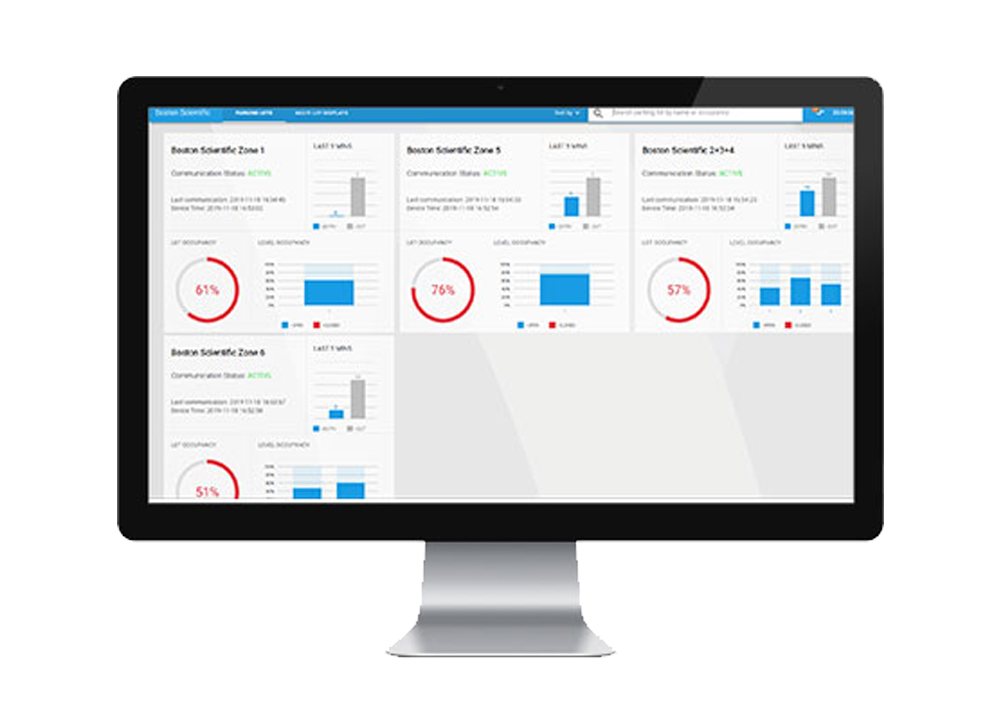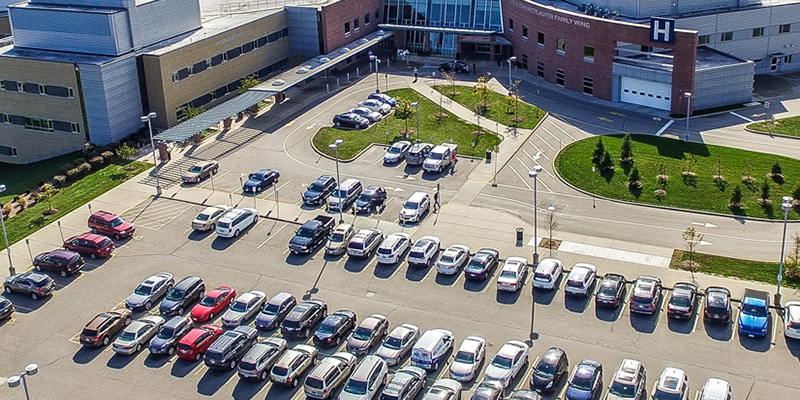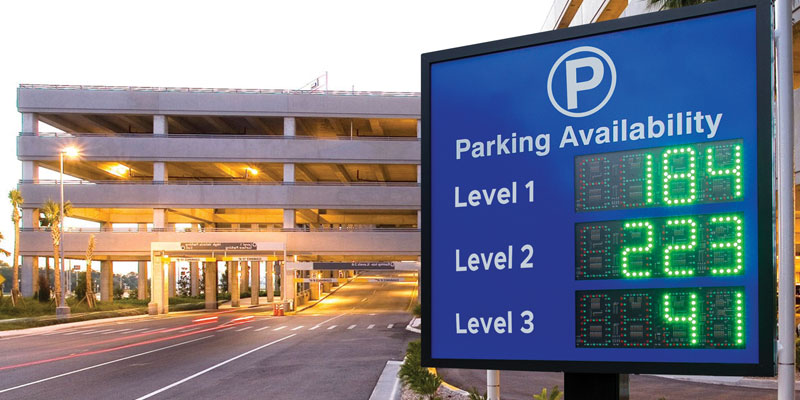Corporate parking lots can be challenging to navigate. They often seem to experience overcrowding, traffic congestion, and limited capacity. However, with the help of data- driven strategies, companies can overcome these challenges and better manage their lots.
driven strategies, companies can overcome these challenges and better manage their lots.
How Parking Sensors Can Help
One way to use data to manage parking lots is by utilizing occupancy sensors. These sensors can track the number of vehicles entering and exiting the lot, providing businesses with real-time insights into the lot’s capacity and usage patterns. By analyzing this data, companies can optimize the parking experience for their customers, improving efficiency and reducing wait times.

Simply Tracking
Unsure whether you need parking guidance? Simply want usage and driving data? Parking Logix also offers the Speed Tracker standalone data collector. Speed Tracker offers a low-cost, discreet way to gather detailed statistics on how people drive in your lots. Find out if speeding is an issue, when your lot is used most, and more valuable data with the affordable Speed Tracker.
Maximizing Analysis
Another way to use data to manage parking lots is by analyzing historical data and predicting future demand. This can help businesses anticipate peak times and adjust pricing accordingly, optimizing revenue while avoiding overcrowding and congestion. It can also help companies make smarter, better informed decisions about the need for additional parking resources.
A Better Customer Experience
Finally, data can also be used to improve the customer experience. By gathering feedback from Speed Tracker or OpenSpace, businesses can analyze how and when their lots are being used. They can determine how to improve the customer experience by making parking more accessible, easier to find, and more user friendly.
In conclusion, parking data can provide valuable insights for companies to streamline the parking experience in their parking lots. By leveraging technology and analyzing parking data, businesses can optimize parking experiences, enforce parking regulations, and improve customer satisfaction.








